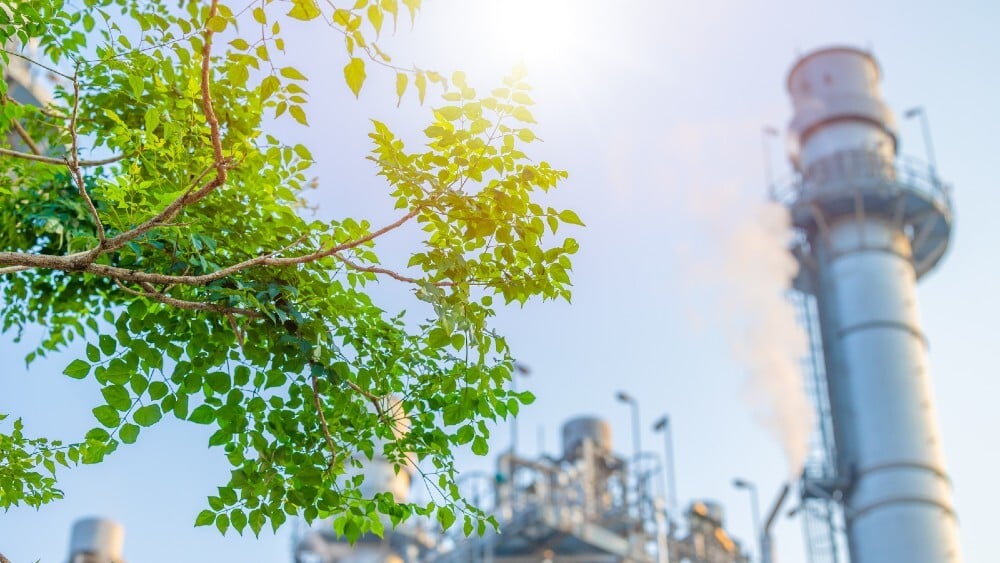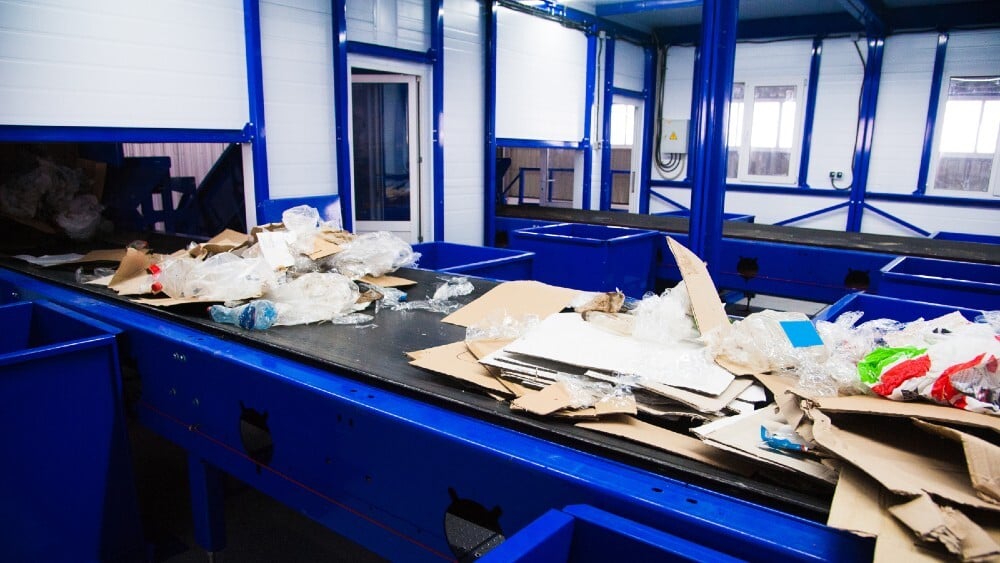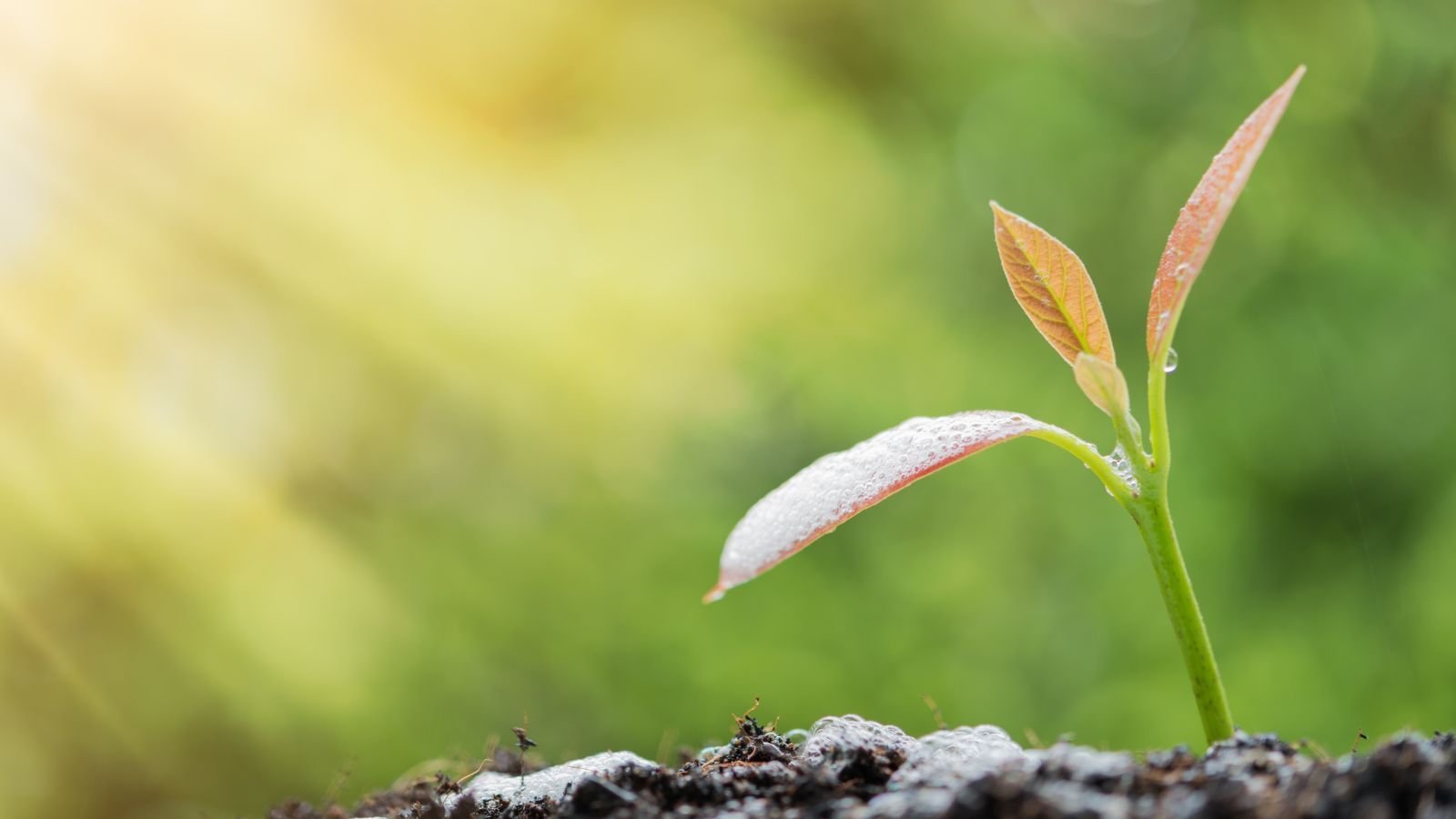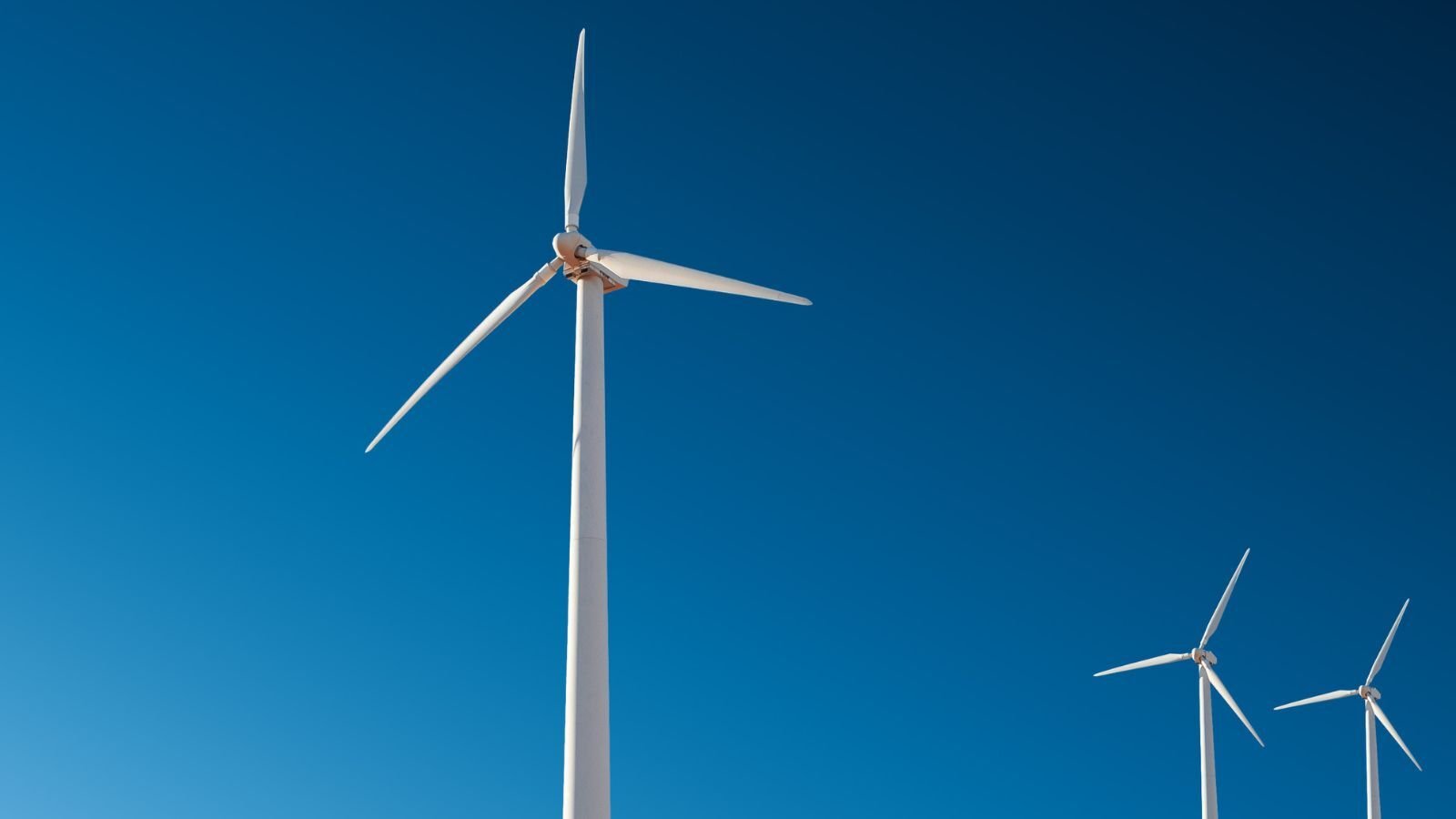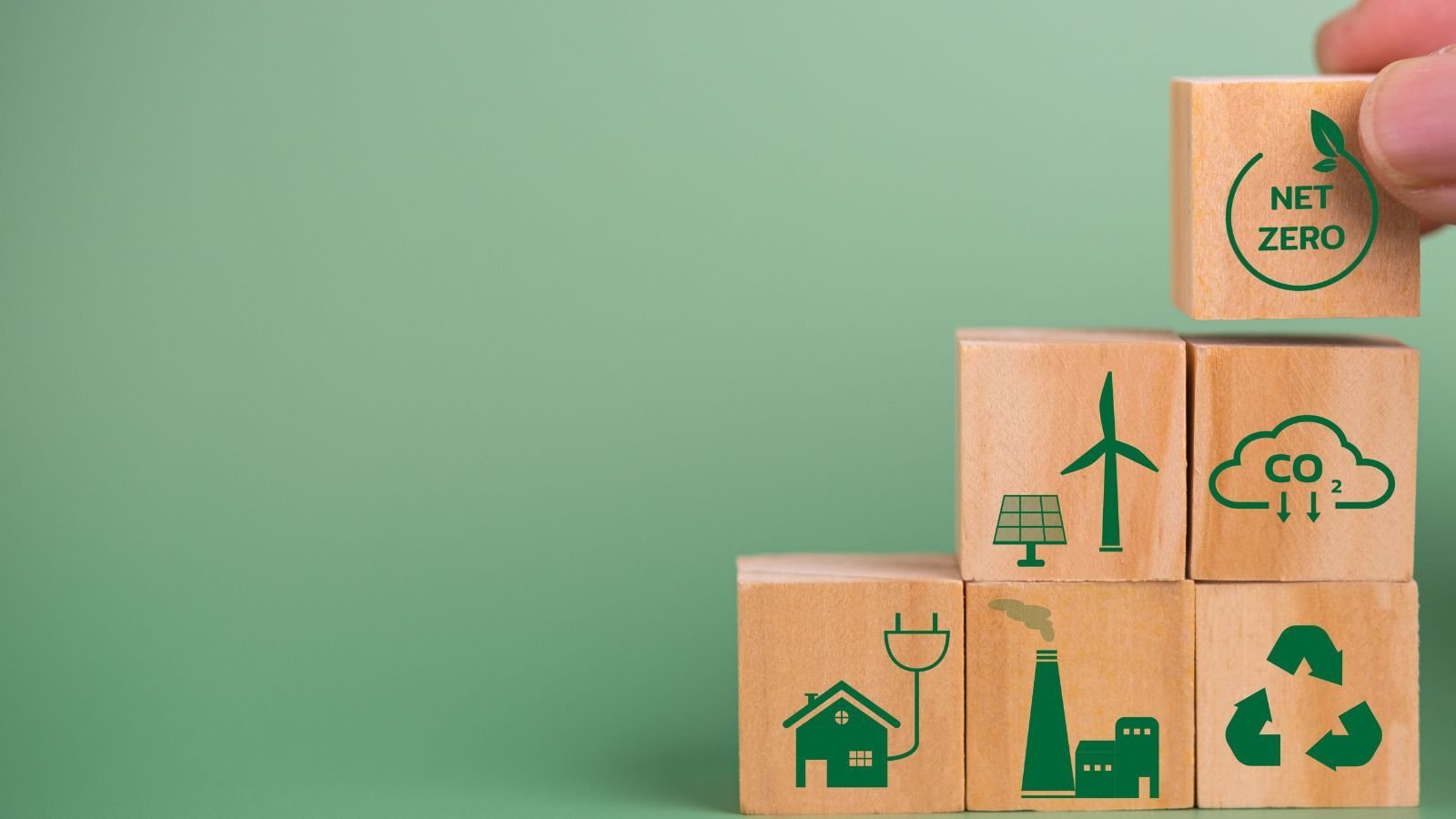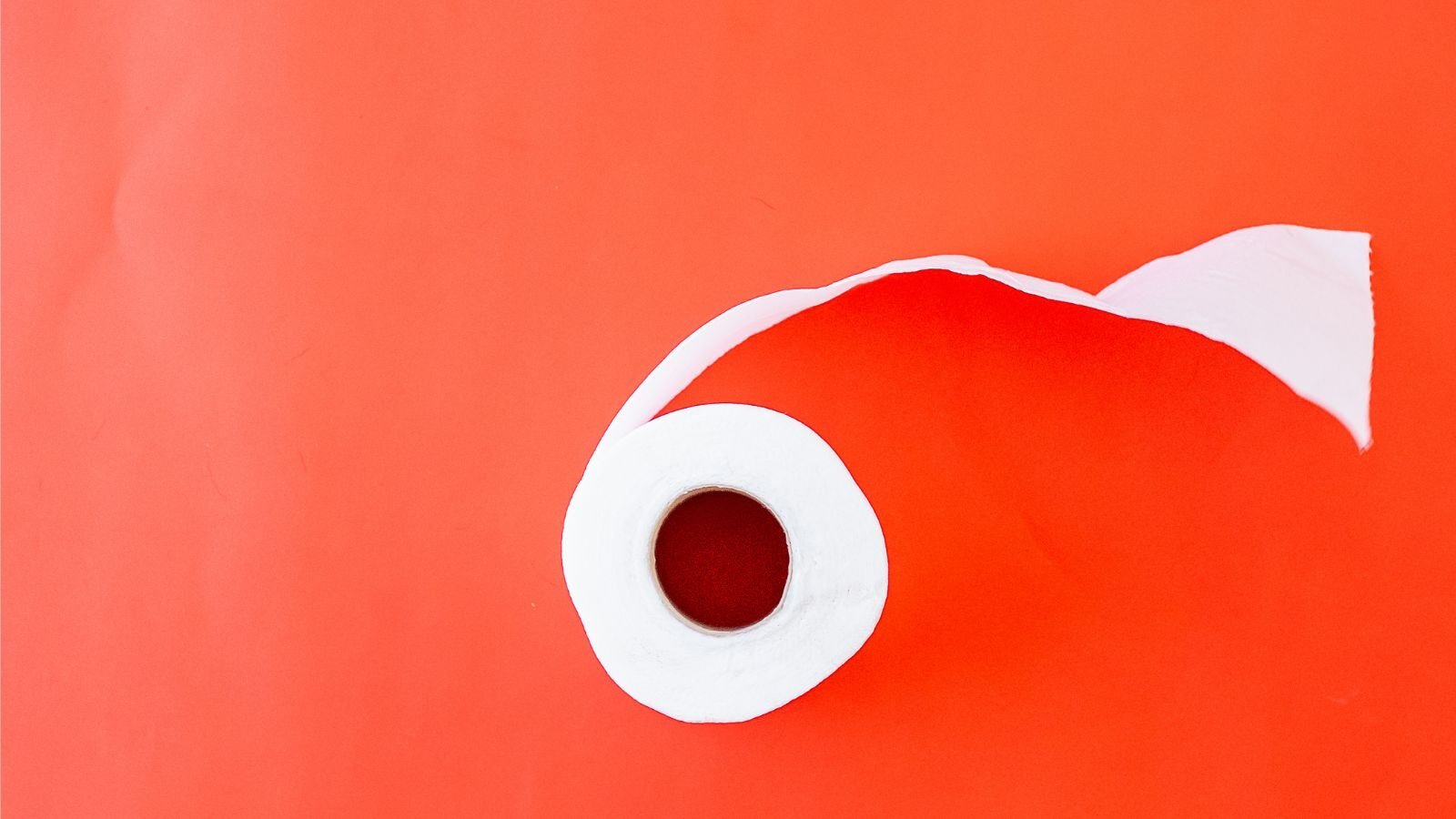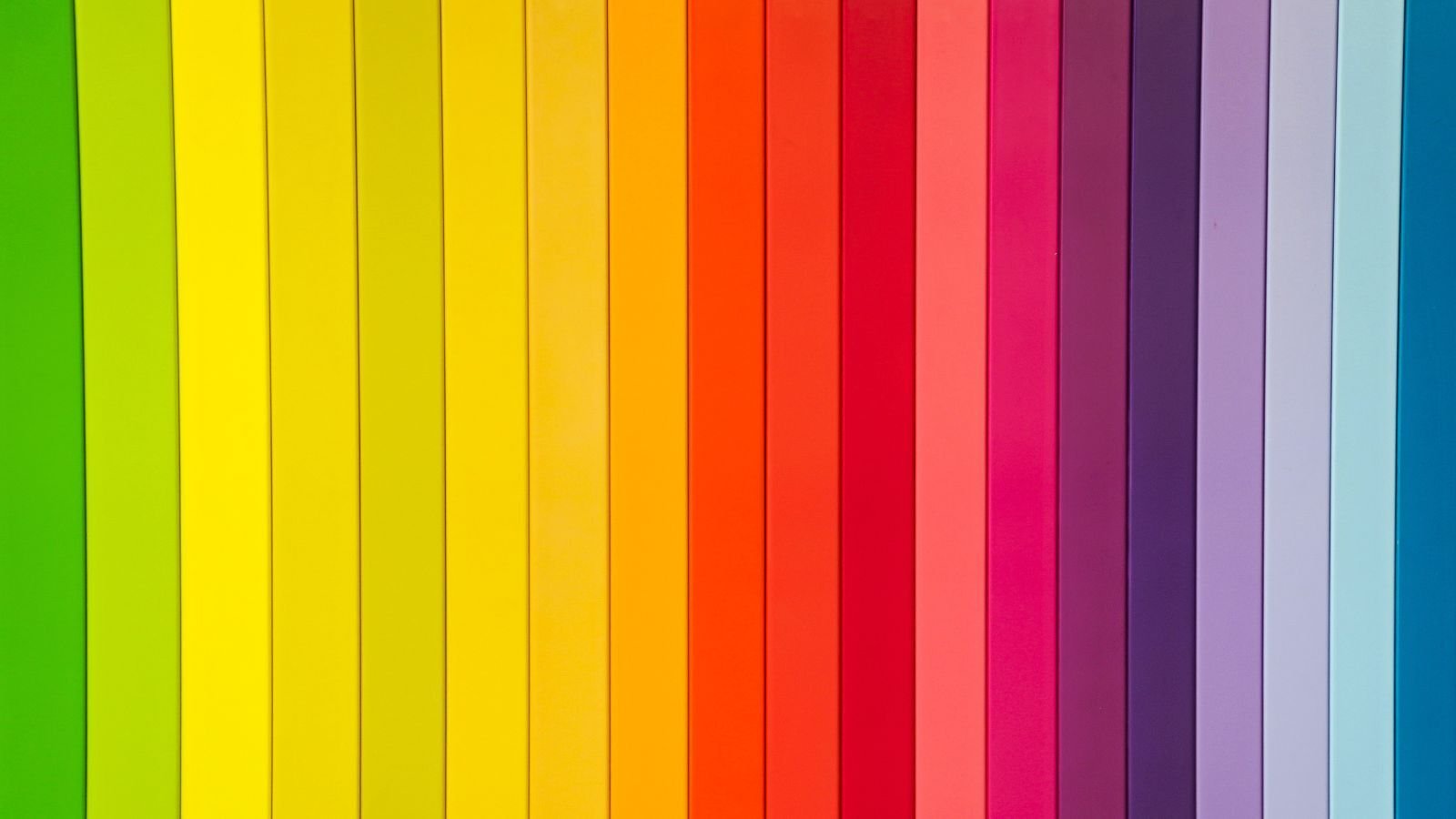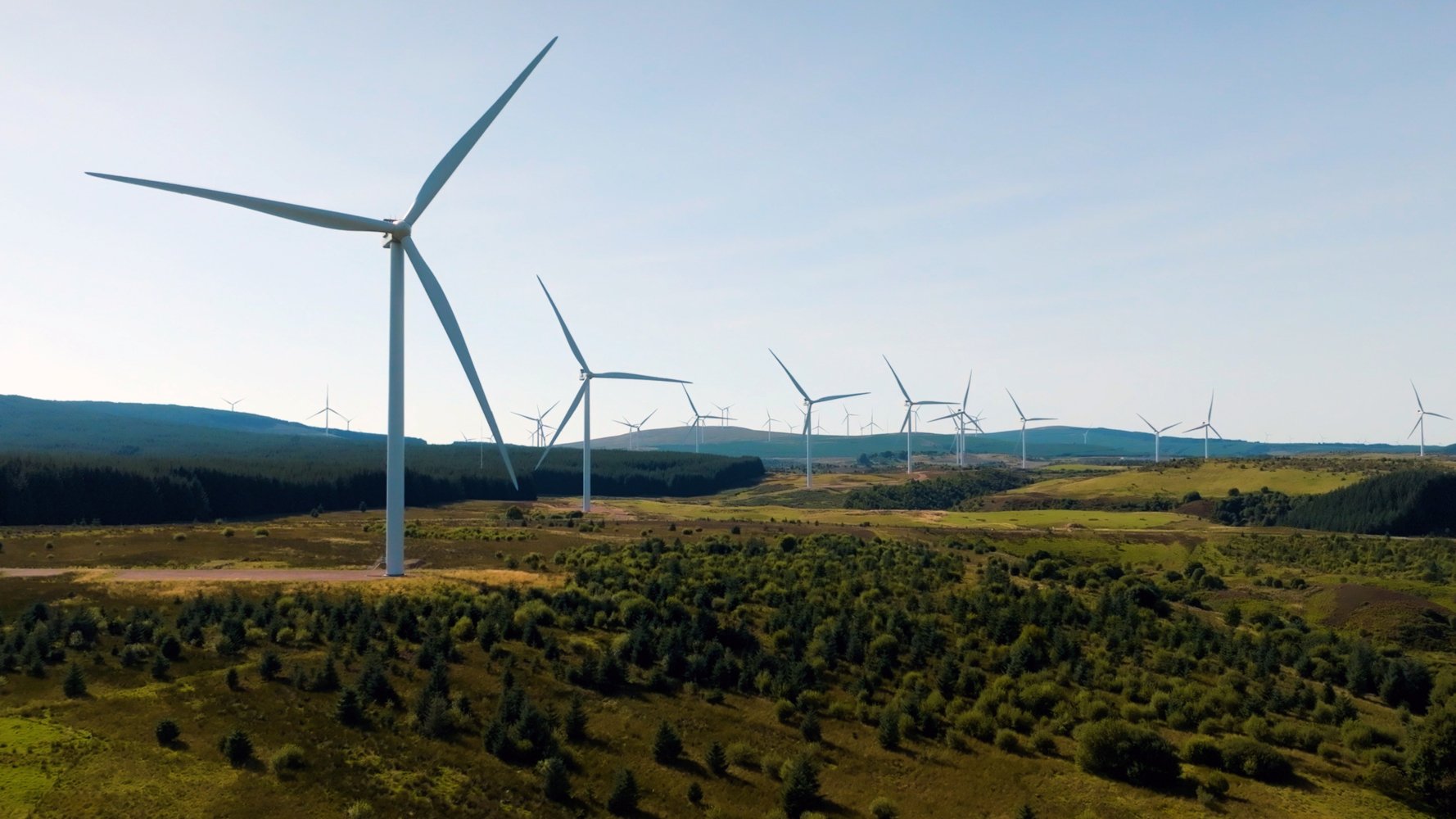Last Updated DECEMBER 2022
Why paper products made with recycled fibres are the most sustainable option
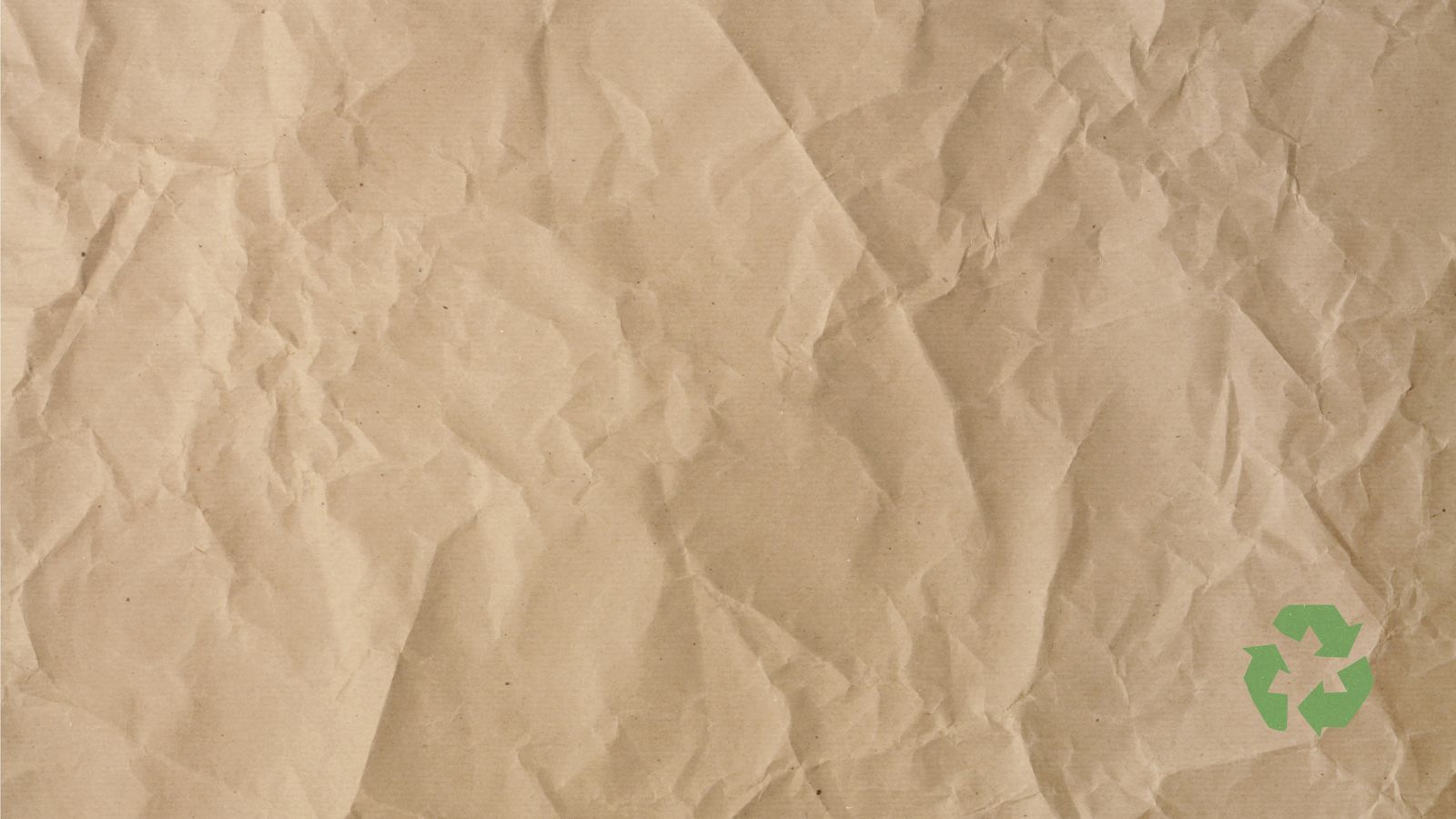
Understanding the manufacture of paper products
Paper is one of the world's most in-demand products, with the global population using around 1 million tonnes of paper every day 1. Paper products from trees can be renewable and recyclable, but only when responsibly sourced and sensitively processed.
The first step is understanding the difference between paper from virgin fibres and recycled fibres. Paper from virgin fibres is made from pulped trees, whereas paper from recycled fibres is made from processing recycled paper products. Wood fibres from recycled paper materials can be reused five or six times before the fibres become too worn out.
Products made with recycled fibres are the most sustainable
It is likely there will always be a need for virgin timber and pulp, but paper products made with recycled fibres are the most sustainable for the following reasons:
- Extract the best value out of trees by extending the lifespan of the fibres
- Reduce the amount of waste going to landfill sites2
- Use less energy, chemicals, and water and typically produce less pollution than processing virgin wood fibres
- Using recycled fibres preserves forests, which are the best natural mechanism for removing CO2 from the atmosphere
- Protect forest biodiversity and the rights of indigenous communities
According to the WWF, using recycled paper is a very effective way to reduce environmental impact3. At Kimberly-Clark Professional™ we've taken on board the advice of NGOs such as WWF and have committed to making all our products natural forest fibre free by 2030 - meaning that we will use low-impact growth forests. Some reports suggest these sustainable "low impact" growth forests can promote long-term forest growth as timber extraction is limited to ensure the forest's long-term health. The U.N. Food and Agriculture Organisation (FAO) reported that the U.S. forest area expanded by around 18 million acres between 1990 and 20204. So how can organisations ensure that the paper products they buy are made using these sustainable methods?
Identifying product certifications
The easiest way to purchase papers from sustainable fibres is to ask suppliers for paper certified under a credible forest certification scheme5. The Forest Stewardship Council (FSC) is the most widely adopted and manages more than 200 million hectares of forest to strict environmental, social and economic standards. There are three FSC labels to help organisations identify the source of the fibre in paper products:
- FSC 100%: products or packaging with this label must be sourced from FSC-certified forests.
- FSC Recycled: products or packaging with this label have been verified as being 100% recycled
- FSC Mix: products or packaging with this label must be made from FSC-certified forests, verified as recycled fibre or from controlled wood, which is from forests that are unlikely to be protected or vulnerable
If the world is to tackle climate change and protect the environment, forests must be protected. The FSC certification gives forests economic value and helps to ensure their responsible management. Other accreditations also protect forests, including the WWF's Forest Forward commitment, which Kimberly-Clark Professional™ has been part of since 2010. The WWF also has a Timber Scorecard, and in 2019 Kimberly-Clark Professional™ received its highest rating for the third consecutive year1.
The value of eco-labelling
The world's leading companies and brand owners have also been using eco-labels for their products, an ecological certification programme encouraging consumers to change their consumption habits, conserve our resources for the next century, and use energy smarter. One of the most significant advantages is that eco-labels are one of the most recognised environmental certificates in the world and benefit from increasing international demand2.
To protect the world's forests, many NGOs and governments advocate a transition to 100% recycled and non-wood fibre alternatives and the restoration and regeneration of forest ecosystems. Organisations can aid this transition by always using products that are certified as sustainable.
In 1991, Kimberly-Clark Professional™ adopted a sustainable use of natural resources policy, committing to sustainable forestry and the use of recycled fibres. Since then, we have been maintaining certification from the world's toughest programmes (including U.L. Ecologo, E.U. Ecolabel, Singapore Green Label, and Blue Angel) and have the big ambition to reduce our natural forest footprint by 50% by 2030.
1 https://wwfeu.awsassets.panda.org/downloads/wwf_paper_guide.pdf
2 https://uk.fsc.org/what-is-fsc/recycled-materials#:~:text=By%20giving%20the%20forest%20economic,not%20damage%20the%20world's%20forests
3 https://uk.fsc.org/what-is-fsc/recycled-materials#:~:text=By%20giving%20the%20forest%20economic,not%20damage%20the%20world's%20forests
4 https://www.fao.org/documents/card/en/c/ca9825en
5 https://wwfeu.awsassets.panda.org/downloads/wwf_paper_guide.pdf
6 https://www.wwf.org.uk/timberscorecard
7 https://www.ecolabel.org/en/eco-label/



